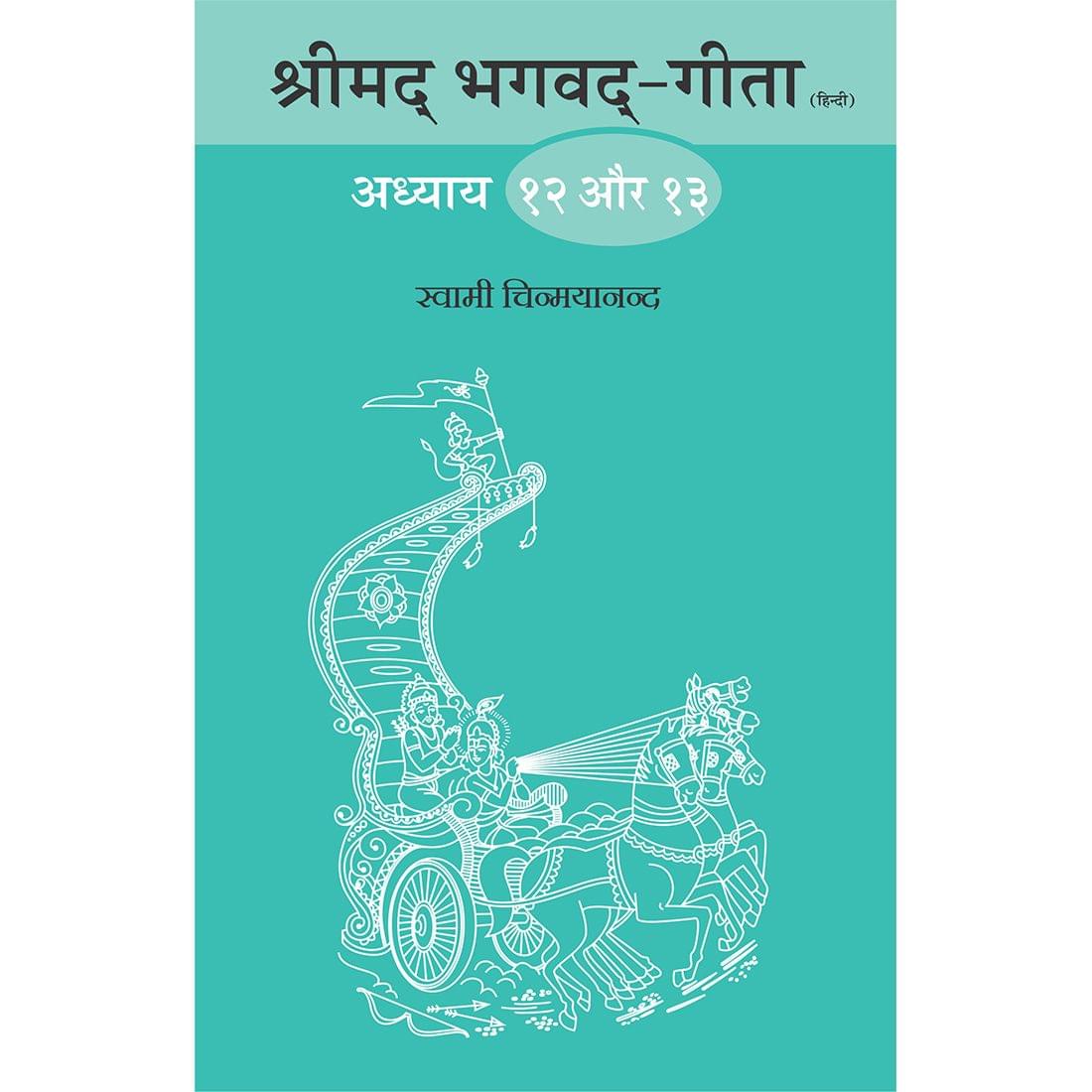Swami Chinmayananda
Shrimad Bhagavad Gita - (हिंदी) - Chapter 12 & 13 is backordered and will ship as soon as it is back in stock.
Couldn't load pickup availability
Make a bulk order enquiry
Product Description

Inspiring Right Living

Rooted in Wisdom

An Offering of Love

Product of Bharat
Product Description
The 12th Chapter of the Bhagavad-Gita, the 'Yoga of Devotion', begins with Arjuna asking the Lord, 'Between the worship of Isvara with form and without form, which method is superior?' Sri Krsna recommends former for most devotees as the worship of the formless is very difficult. He points out that the key quality is single-pointed devotion. Sri Krsna then goes to list the steps to attain oneness with Isvara. He ends the chapter with a list of thiry-nine qualities of the perfect devotee, of which attaining even one could open the door for acquiring the others.
The 13th Chapter of the Bhagavad-Gita called the 'Yoga of the Field and Its Knower', begins with Sri Krsna explaining the terms 'the field' as 'matter and its modifications' and 'the knower of the field' as the 'Spirit, the supreme Self'. The Lord explains while the field and its knower seems inextricably mixed up, to know the distinction between them is true Knowledge. Having thus established the supreme Self as the object to be known, Sri Krsna goes on to describe how this Knowledge can facilitate the discovery of one's spiritual identity.













